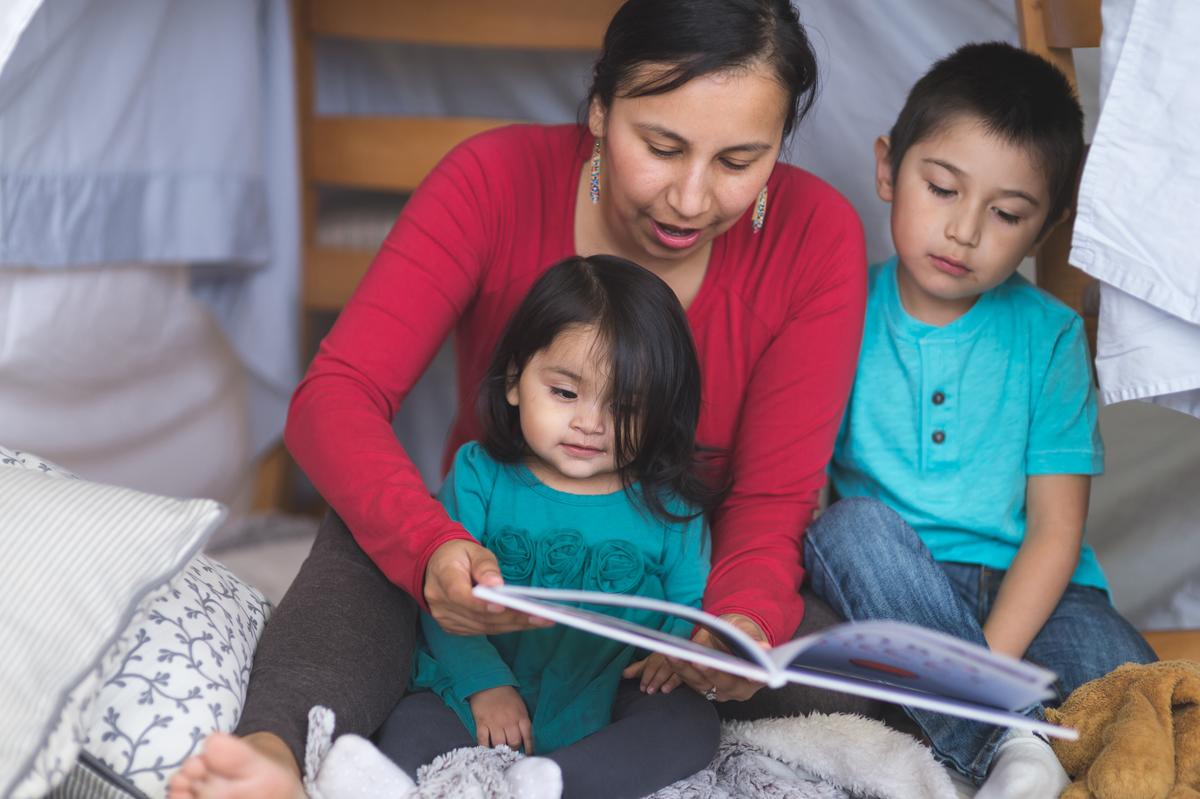American Indian children in Minnesota are 18.5 times more likely to be placed in foster care than their white peers. This is the highest rate of any state in the country for out-of-home placement of Native children.
This alarming disparity points to systemic problems that the UMD Center for Regional and Tribal Child Welfare Studies (CRTCWS) has been pioneering solutions for.
"The future of tribes is their children," explains center director Bree Bussey.
The CRTCWS is based in the Department of Social Work, which is housed in the College of Education and Human Service Professions. It serves as an important bridge between American Indian tribes, academia, and the community. It was awarded a $600,000 federal grant in March to train tribal child welfare workers in partnership with the Leech Lake Child Welfare Program.
This is the second grant the center has received from the National Child Welfare Workforce Institute (NCWWI). This unique project is happening through a collaboration with the Leech Lake Child Welfare Program and Leech Lake Band of Ojibwe. It’s one of three grants in the nation specifically targeted at bolstering training among American Indian child welfare workers.
The funding will enable 17 students to complete Bachelor of Social Work and Master of Social Work degrees at UMD. The priority is to improve access to education for child welfare workers from Leech Lake. The grant will also assist in ongoing capacity building for the Leech Lake Child Welfare Program and its workforce.
Bussey points out that people working in the field of child welfare haven’t necessarily been trained as social workers. Some come to the work with criminal justice training or education, which influences their approach to the work.
The many systems in place to address child welfare issues tend to be “compartmentalized and adversarial,” according to Bussey. “It’s important to be cognizant of that and reduce that when training social workers. We believe humans want to be allies and are not fundamentally adversarial by nature. We want to remind people about connection and collaboration.”
The social work programs “teach students and practitioners to see the world from a relational perspective,” Bussey says. “Not to look at how we’re different but to look at how we can work together. Because it’s the families that suffer when we don’t.”
The social work curriculum emphasizes indigenous leadership development, a way of cultivating leadership in others rather than elevate a few authority figures. Students receive specialized cultural competency training and learn critical historical context regarding the oppression and trauma American Indians have experienced, from colonization to boarding schools and beyond.
“We also teach students that American Indians have incredible resilience and strength and beauty. It’s a process of re-education,” says Bussey.
Framing the problem within this context helps practitioners approach their work from a lens of family and cultural preservation, which is important. “We often tell people what to do but not why,” Bussey explains. “There’s a critical piece that gets missed. When people understand why, they engage with their hearts — not just their heads. That brings radical change in how they work with families."
